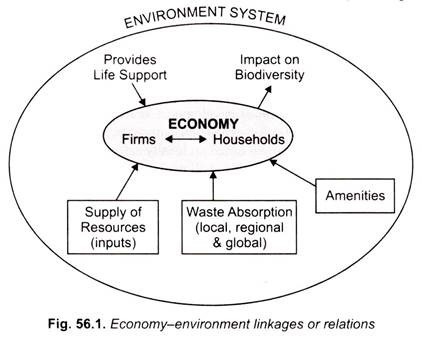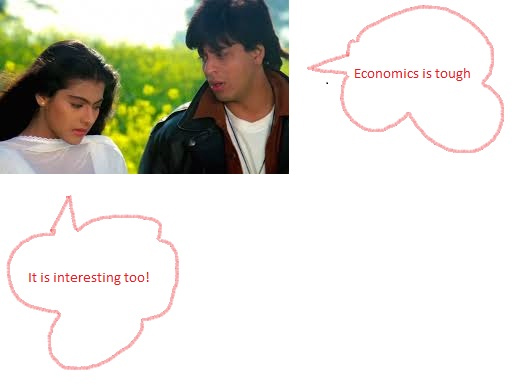The pandemic Covid-19 has left many of us in house arrest, most people in the streets longing to go back home. Home, because out in the streets stripped of all dignity and security we want to be back home, possibly the perceived abode of utmost peace and security. In home, we long to go back to work because we need to earn to sustain ourselves. It is as if we are caught in a vicious cycle of perceived comfort and means of sustainability. When we are trying to access the means we need to be out and when out we need and want to come back home.
The Covid-19 phase has filled out television and smart phone screens with horror stories, newspapers with depressing headlines. Stories and news of people dying in the streets from hunger, exhaustion, dying on railway tracks, committing suicides from fear and depression and acute uncertainty. The daily updates that started with the mass exodus of migrant workers has only been consistently ongoing if not increasing. Despite government efforts the outcome remains largely humiliating which is evident from recent updates on workers dying in shramik special trains due to hunger and dehydration, kids losing their parents only to add to the incoming absolute unknown in terms of their livelihood. The possibly unavoidable lockdown has left in-numerous people jobless including both migrant workers as well as white collar job employees. We do not know what is waiting for us post lockdown, we do not know how soon things will go back to “normal” and most certainly we do not know what is waiting for us in fate called “employability” especially with the economy spiralling into recession. The year 2020 seems like a plot in one of those typical dystopian movies with unprecedented accidents piling up one after another starting with Covid-19 and then adding the cyclone, locust swarms and of course loss of lives due to sheer lack to access to resources owing to being literally on the highway.
Starting from 30th January 2020 till 28th May 2020, while a gradual rising curve of deaths due to Covid-19 virus challenges us in the face, there is also a rising curve of deaths during the pandemic but reasons barring the virus.

Figure 1: Deaths due to Covid-19 versus Non-Virus Deaths.
Source: https://thejeshgn.com/projects/covid19-india/non-virus-deaths/
The blue dotted line represents deaths due to Covid-19 and the red dotted line represents deaths not caused due to the virus. While unfortunately we do have a rising virus induced death curve, it is even more unfortunate to witness a slow paced but rising death curve during the pandemic phase which is in-fact not caused due to the virus which makes it all the more humiliating. To look deeper into the matter, an inspection of the cause of the deaths not caused by the virus reveals a scary picture.

Figure 2: Frequency of non-virus deaths by category Source: Same as Figure 1.
Some data collected from the source same as Figure 1 reveals the cause of deaths induced by factors during the lockdown other than the virus. Figure 2 reveals a disheartening picture where 205 people died in accidents while walking during the reverse migration, 114 people died from starvation and 120 people committed suicides due to apprehensions. Deaths induced by fatigue and lack of access to medical care remain relatively low. This scenario paints a picture of sheer failure of a nation to take care of its citizens.
The pandemic has ended up creating a bipartite disjoint world where on one hand half the sphere comprises helplessness, uncertainty and loss of life, the other half is trying hard to rise above the black waters by innovating using the age of digitization. Probably a perfect world would be one where there was an integration and co-existence of both, but reality is something hugely different. While we, the privileged middle class have the digital means to try and accustom ourselves to the “new normal” with work from home, online tutoring, online shopping and other transactions this digital life remains largely inaccessible to a majority of the Indian population. According to Census 2011 data 71 percent of households with three or more members have homes with two or less rooms. This comprises 74 percent in rural and 64 percent in urban areas. According to NSSO data 2017-18 only 42 percent of urban household has internet access and this figure is of course lower for rural areas at 15 percent. These statistics are quoted only to point out that the “new normal” of digitised living may not be normal at all for many and in taking any decision that governs lives of people, this needs to be paid serious attention.
In this context, how would be life post Covid-19? Are we going to be finally able to walk towards our perceptions of happiness? I do not really have an answer to that, and the data does not really paint a very hopeful picture.

Figure 3: India Happiness Index
Source: World Happiness Report
The Happiness ranking is part of the World Happiness Report. The country scores are based on a survey in which respondents evaluate the quality of their current lives on a scale of 0 to 10. The index scores have been consistently falling in India since 2013 and lowest in 2020 the year of the pandemic at 3.57.
The pandemic induced uncertainty revolving the livelihoods of many has left them bereft of their mental wellbeing evident from the frequency of suicides in figure 2. Adding to this, the stripping down of labour laws in some states in the guise of “labour reform” to sustain profitability of economic decisions is only likely to worsen the already scarred state of well-being. While about 90 percent of workers in India are engaged in the informal sector characterised by ill-defined or absent benefits, labour laws are a support system for labour welfare. While India has come a long way since independence with better health and education outcomes, more villages with electricity and tap water, GDP and PCI growing by 32.2 times and 8.2 times respectively since 1950[1] what we aspire for is the dignity of life. In words of Amrtya Sen’s theory of Capability, it not how much a person earns but rather what he can do with that income and the control over his material possessions that determines his state of well-being. His functionings or freedom to choose will determine his state of well-being which is in fact how well he is in terms of his personal, social and or community life. Surely we cannot expect a person to be happy with a lot of books if he cannot read them even if he has money enough to buy them all!
With the onset of the pandemic induced recession dilution of various labour laws have been initiated as an excuse to sustain the profitability of business. In states like UP, MP and Gujarat around 14 labour laws have been relaxed for three years which include the Minimum wages Act and the Industrial Disputes Act to attract investment. Relaxing the provisions of Factories Act will comprise the safety of workers and an extremely meagre sum of rupees 80 that enters the workers’ welfare fund will cease to exist in Madhya Pradesh[2].
These relaxation of labour laws will push towards greater informalisation of workers in the organized sector which in turn will lead to a drastic reduction in the security and benefits enjoyed by the workers in the formal sector. To sum up in a nutshell, a digitised world that is characterised by lack of access, reduced dignity of life, massive divide based on heterogeneity of human population, these decisions are a signal of the impending crisis that encroaches on welfare, mental health and hence happiness. Where will India stand on the happiness index scale in 2021? Probably far below 3.57 unless we learn to co-integrate, create a bridge to mend the disparate bipartite world, live close knit, unless we learn to stand up for each other, unless we learn to have our backs.
[1] https://thewire.in/economy/covid-19-pandemic-indian-labour
[2] https://www.business-standard.com/article/economy-policy/labour-law-changes-in-up-mp-a-bigger-pandemic-in-the-offing-bms-president-120050801134_1.html





